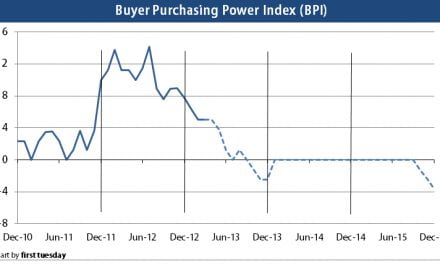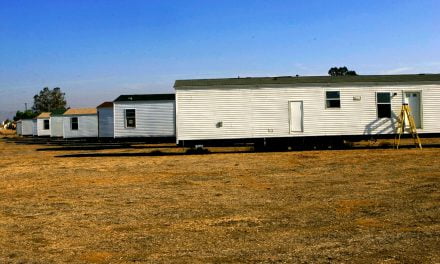High rents made news across the nation in 2015, as young adults started their careers, moved out of the nests, and encountered a shortage of available rentals. This surge of demand for rentals led to a rapid rise in rents which began in 2014 and continues today.
This swift increase was most pronounced in Northern California, in the metro areas of San Jose and San Francisco. In Southern California, Los Angeles and San Diego led the way for fastest rent increases in 2014-2015:
Zillow’s rental index, which incorporates the median price-per-square-foot for all homes in a given metropolitan area, shows an annual increase of:
- 12.3% in San Francisco;
- 11.4% in San Jose;
- 5.7% in Los Angeles;
- 5.6% in San Diego;
- 4.7% in Sacramento; and
- 3.4% in Riverside, as of November 2015.
Compare these year-over-year increases with the nationwide average of just 3.2% and note that even Riverside’s relatively low rental pace is above average, nationally. The state as a whole is experiencing rent increases well above the pace of incomes (about 2%-3% a year), which causes a higher percentage of a renter’s income to go toward housing expenses each month.
Why are rents rising so quickly in California?
Rents have increased most quickly in California cities with strict zoning limitations — San Francisco’s low-lying skyline comes to mind. When city governments refuse to allow builders to provide taller, denser housing, demand outstrips supply. In fact, the pace of new construction is far less than what is needed to keep up with our state’s growing population. As a reasonable response, landlords ask higher rents since renters have no choice but to pay or leave town.
What’s worse, former residents are in fact leaving to far flung suburbs in increasing numbers, as rents have outpaced the incomes of low- and middle-class workers particularly in San Francisco. In Los Angeles, many have been consigned to the streets, as the Los Angeles homeless population increased 12% from 2013-2015. As a result, income inequality is at an all-time high in these areas and quality of life is lower for most.
Rents still too high — but slowing
However, the good news for renters — 46% of households in California — is the pace appears to be slowing. In the first half of 2015, rents rose on average by 3.4%. In the latter half of the year, the rent pace slowed to 2.2%.
Part of the slowdown is likely to due to a higher rate of multi-family construction compared to single family residential (SFR) construction in California (though still below what is needed to keep up with adult population increase). Builders rise to meet the increasing demand created by the new household demographics in this economic expansion.
In San Francisco, some strides are being made to halt vocal not in my backyard (NIMBY) advocates. The moratorium on new housing construction in the Mission District was rejected in the second half of 2015, keeping the door open for new development in a desirable neighborhood. In Los Angeles, a “homeless emergency” was declared in 2015 and $100 million was set aside to fix the problem, much of which is to go towards building affordable housing and speeding up the permitting process.
Cities with the highest rents still have a lot of work to do to bring rents back in line with renters’ ability to pay. Their stake? Renters spending half their income on rent (as the average renter does in Los Angeles) have that much less money left to spend in their local economy. Especially concerning to real estate professionals, these renters are left unable to save money for a down payment, needed to eventually become homebuyers. For evidence, the metro areas with the highest rent indices also experience some of the lowest homeownership rates in the state.
Yes, it’s good news that rent increases are slowing. But until rents fall back in line with the rate of income increases, California has a problem. That problem can be solved by loosening zoning restrictions to allow builders to do what they do best — build more homes for our growing population.















This article is full of BS. The Theory, that we just need to keep building is fraud. If implemented, it will chase away many home owner and new home buyer will no longer be interested in certain communities. The reason prices are higher in some areas than others have more to do with “low crime rates, good schools and living in drug free neighborhoods. Bring in drug dealers, criminals and run down our schools and no one will want to live in these areas accept for those in our society who want chaos. The builders who want to make $$$$$$ are behind this theory and they could care less what happens to our communities, they just want to make money (they are greedy and will try anything to get what they want. We should raise the wages of those who live in such areas and not try to push them our. The majority of the homeless population are on the streets because they have mental issues not because they have no shelters to go to. What a spin on the truth. No thanks we are not buying this BS.